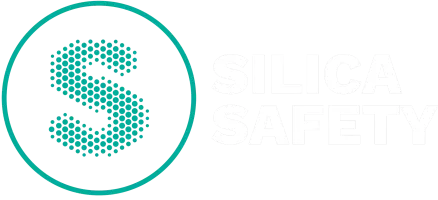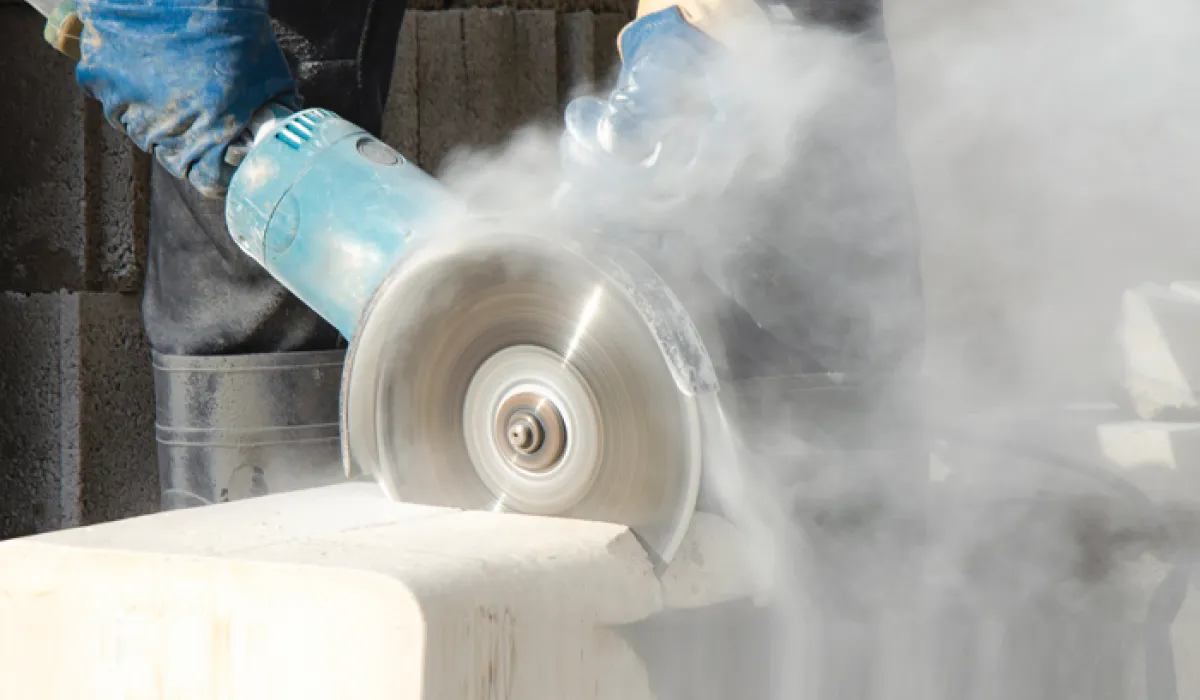
Our Annual Report provides information about the agency’s achievements, corporate arrangements and performance.

A range of guidance materials are available, including resources developed by governments and other organisations, on how to control the risks associated with silica in various industries.

Work with crystalline silica that is likely to produce a large amount of respirable crystalline silica or pose a health risk to a person in a workplace is defined as high-risk crystalline silica work.
Silica dust is made by cutting, drilling, or grinding products that contain crystalline silica. If the dust particles are small enough, they can cause serious health problems.
From 1 July 2024, there is a ban on nearly all work that involves the manufacture, supply, processing, or installation of engineered stone benchtops, panels, and slabs.
Medical practitioners have an important role in monitoring the health of workers exposed to respirable crystalline silica dust. The resources below provide guidance for medical practitioners on this topic.
If you have questions about respirable crystalline silica or silica dust safety please contact the relevant authority in your state or territory.
Silica dust particles can travel deep into the lungs causing permanent damage that can lead to serious illness or death.
Our Research Strategy will help us to fill knowledge gaps, inform policy, and guide practical interventions.









